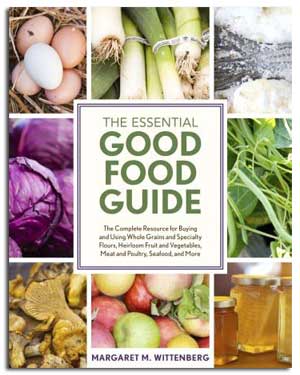The FDA has finally released safety rules for imported foods, two years after Congress passed the food safety law. OK. We now have them. At last.
Here’s what the FDA is up against:
- 150 different countries ship foods to the U.S.
- These account for about 15% of the food supply, but 50% of fresh fruits and 20% of fresh vegetables.
- The agency has the capacity to inspect about 2% of imported foods.
To deal with this disconnect, the FDA proposes to hold importers accountable for the safety of what they ship to us.
The proposed rules allow two ways to do this: Importers can do their own onsite safety audit, or they can verify that their suppliers did so.
Both methods involve verification by certified verifiers that suppliers used “prevention-oriented food safety practices” (HACCP in other words), and achieved the same level of food safety as domestic growers and processors.
Neither requires inspection by FDA, although importers may use inspection.
The proposed rule and the third-party accreditation proposed rule are available for public comment for the next 120 days.
The previous proposed rules, for produce safety and food production facilities (see below), have been given another 60 days for public comment. Comments on all proposals will now be due at the same time. The FDA expect to issue the rules 12 to 18 months after the comments come in and then it will take another 18 months for rules to go into effect.
What does all this mean?
The FDA hardly has the resources to manage U.S. inspections so expecting it to do foreign inspections is unrealistic. This plan shifts the regulatory burden to producers and shippers (why does this sound like foxes guarding henhouses?).
The FDA also intends to certify third-party auditors. These invariably involve conflicts of interest, although that system seems to have worked fairly reasonably well for organic foods. But we are talking about the safety of imported foods here, and lives are at stake.
This is undoubtedly the best the FDA can do given its limited resources and its problems with Congress. This Congress is hardly likely to view food safety as a national priority and give the FDA what it needs.
Recall: FDA appropriations go through agricultural appropriations committees, not health appropriations. And this Congress cannot even pass a decent farm bill.
Congratulations to the FDA for making the best of a bad situation. And fingers crossed that the proposals survive, get implemented by 2015, and nothing bad happens in the interim.
The document collection:
For a detailed discussion of the pros, cons, and questions, see the account in Food Safety News


